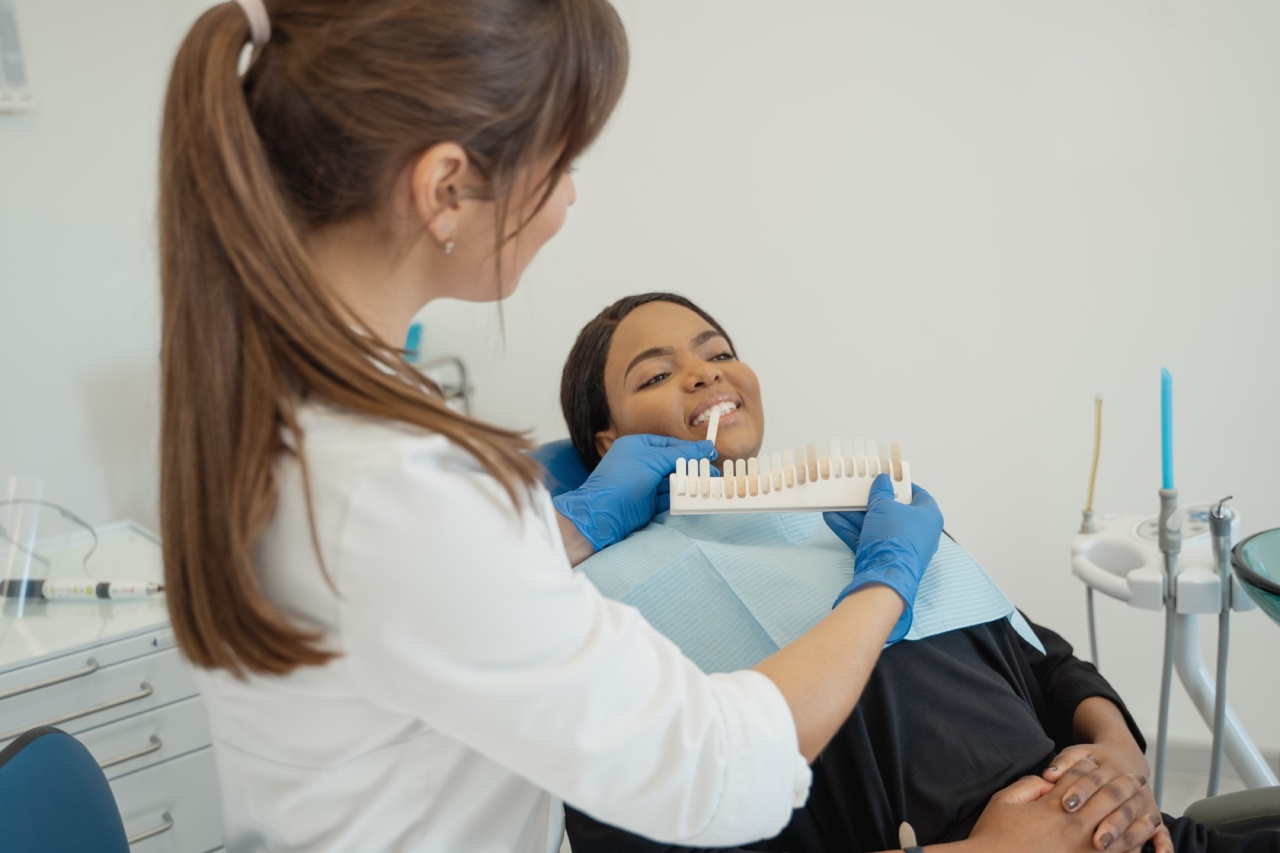Sarcoidosis is a rare disease that occurs when tiny clusters of inflammatory cells form in various parts of the body. These clusters are referred to as granulomas.
Sarcoidosis can affect any organ in the body, but it most commonly affects the lungs, lymph nodes, and skin. The cause of this disease is unknown, and there is no known cure. However, some treatments can help relieve symptoms and improve quality of life. This guide will provide you with everything you need to know about sarcoidosis symptoms and treatment.
What are the Symptoms of Sarcoidosis?
The symptoms of sarcoidosis can vary depending on the organ affected. Some people with sarcoidosis may have no symptoms at all, while others may experience severe and debilitating symptoms. The most common symptoms of sarcoidosis include:.
- Shortness of breath
- Cough
- Chest pain
- Fatigue
- Fever
- Swollen lymph nodes
- Skin rash or lesions
- Joint pain or swelling
Since sarcoidosis can affect any organ in the body, symptoms can present in different ways. Some of the less common symptoms associated with sarcoidosis include:.
- Eye pain, redness, or blurred vision
- Increased sensitivity to light
- Heart palpitations or irregular heartbeat
- Enlarged liver or spleen
- Headache
- Facial numbness or weakness
- Hearing problems
How is Sarcoidosis Diagnosed?
Since the symptoms of sarcoidosis can be similar to those of other diseases, it can be tricky to diagnose. Your doctor may conduct several tests to determine whether or not you have sarcoidosis. These tests include:.
- Chest X-ray or CT scan
- Lung function tests
- Blood tests to look for inflammation or abnormal immune system activity
- Biopsy of the affected organ
If sarcoidosis is diagnosed, your doctor will determine the severity of the disease and recommend a treatment plan.
What Are the Treatment Options for Sarcoidosis?
There is no known cure for sarcoidosis, but treatments can help relieve symptoms and improve quality of life. Treatment options for sarcoidosis include:.
- Nonsteroidal anti-inflammatory drugs (NSAIDs) to relieve pain and inflammation
- Corticosteroids to reduce inflammation and suppress the immune system
- Immunosuppressant drugs to suppress the immune system
- Biologic response modifiers to alter the immune system response
- Oxygen therapy to improve breathing
- Pulmonary rehabilitation to improve lung function
Your doctor will recommend a treatment plan based on the severity of your sarcoidosis and the organs affected. It’s important to follow your treatment plan and attend all follow-up appointments with your doctor.
What Lifestyle Changes Can You Make to Manage Sarcoidosis?
In addition to medical treatment, making lifestyle changes can help manage sarcoidosis symptoms. These changes include:.
- Quitting smoking or avoiding exposure to secondhand smoke
- Eating a healthy diet rich in fruits, vegetables, and whole grains
- Getting regular exercise
- Avoiding triggers that exacerbate symptoms, such as dust, mold, or pollen
- Getting adequate rest and managing stress
- Attending all follow-up appointments with your doctor to monitor the progress of your disease
What Is the Outlook for People with Sarcoidosis?
The outlook for people with sarcoidosis varies depending on the severity of the disease and the organs affected. Some people with sarcoidosis may have no symptoms at all, while others may experience severe and debilitating symptoms.
In some cases, sarcoidosis may resolve on its own without treatment. However, in other cases, it may lead to long-term complications, such as scarring or damage to affected organs.
If you are diagnosed with sarcoidosis, it’s important to follow your doctor’s recommended treatment plan and make lifestyle changes to manage your symptoms effectively.
With proper management, most people with sarcoidosis can live relatively normal lives.




























